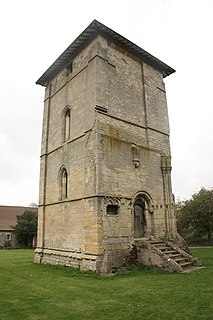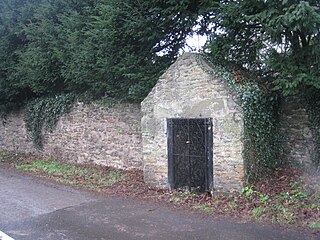
Balsall Preceptory in Warwickshire was a manor that was given to the Knights Templars in recognition of their service in the Crusades. The donor, according to a survey of the Templars' possessions in England in 1185, was Roger de Mowbray, son of Nigel d'Aubigny.
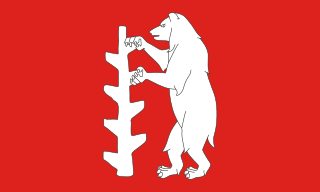
Warwickshire is a landlocked county in the West Midlands region of England. The county town is Warwick, although the largest town is Nuneaton. The county is famous for being the birthplace of William Shakespeare.

Manorialism was an essential element of feudal society. It was the organizing principle of rural economy that originated in the Roman villa system of the Late Roman Empire, and was widely practiced in medieval western and parts of central Europe as well as China. It was slowly replaced by the advent of a money-based market economy and new forms of agrarian contract.
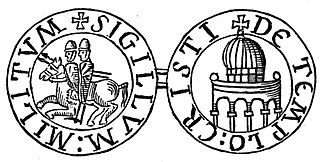
The Poor Fellow-Soldiers of Christ and of the Temple of Solomon, also known as the Order of Solomon's Temple, the Knights Templar or simply the Templars, were a Catholic military order recognised in 1139 by the papal bull Omne datum optimum. The order was founded in 1119 and was active until 1312 when it was perpetually suppressed by Pope Clement V by the bull Vox in excelso.
The preceptory also governed other Templar lands, similarly donated for services in the Holy Land. These included:
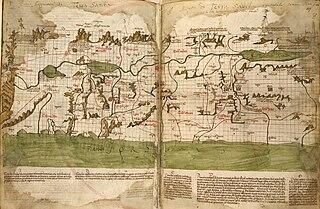
The Holy Land is an area roughly located between the Jordan River and the Mediterranean Sea that also includes the Eastern Bank of the Jordan River. Traditionally, it is synonymous both with the biblical Land of Israel and with the region of Palestine. The term "Holy Land" usually refers to a territory roughly corresponding to the modern State of Israel, the Palestinian territories, western Jordan, and parts of southern Lebanon and of southwestern Syria. Jews, Christians, and Muslims all regard it as holy.
- Chilverscoton
- Cubbington
- Fletchampstead Hermitage
- Herdwicke Harbury
- Sherbourne
- Studley
- Temple Tysoe
- Warwick; and
- Wolvey.

Cubbington is a village and civil parish with a population of 3,929. adjoining the north-eastern outskirts of Leamington Spa, Warwickshire, England. Welsh Road, running through the village crossroads, may have been an old sheep drovers' route connecting London and Wales. Since the 1950s when the village expanded there have been two parts to the village: Cubbington proper which was the old village core, and New Cubbington which is to the west, although both are referred to as Cubbington. Topographically the highest point of the village sits about 100 metres (330 ft) above sea level while its lowest is about 60 metres (200 ft). For many years the electorate for Cubbington was represented in government by the Member of Parliament for Warwick and Leamington but for the 2010 UK Elections it moved to the new Kenilworth & Southam constituency.

Sherbourne is a village and civil parish in the Warwick district of Warwickshire, England. The population of the civil parish at the 2011 was 174.
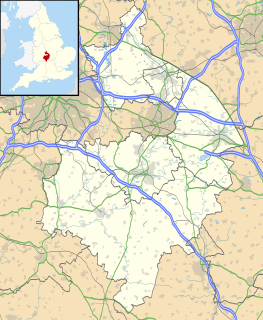
Studley is a large village and civil parish in the Stratford-on-Avon district of Warwickshire, England. Situated on the western edge of Warwickshire near the border with Worcestershire it is 4 miles (6 km) southeast of Redditch and 13 miles (21 km) northwest of Stratford-upon-Avon. The Roman road of Ryknild Street, now the A435, passes through the village on its eastern edge, parallel to the River Arrow. The name derives from the Old English leah, being a meadow or pasture, where horses, stod, are kept.
Old Hall, though much restored, dates from the time of the Templars occupation. At the time of the suppression of the Order, eight Ballsall resident Templars were arrested, namely:
- John de Coningeston
- Thomas le Chamberlayn
- William de Burton
- William de Warewyk (chaplain)
- Robert de Sautre
- Roger de Dalton; and
- John de Euleye.

A chaplain is, traditionally, a cleric, or a lay representative of a religious tradition, attached to a secular institution such as a hospital, prison, military unit, school, labor union, business, police department, fire department, university, or private chapel.

